Types of yellow flowers – Here are 29 of the most vibrant yellow flowers:
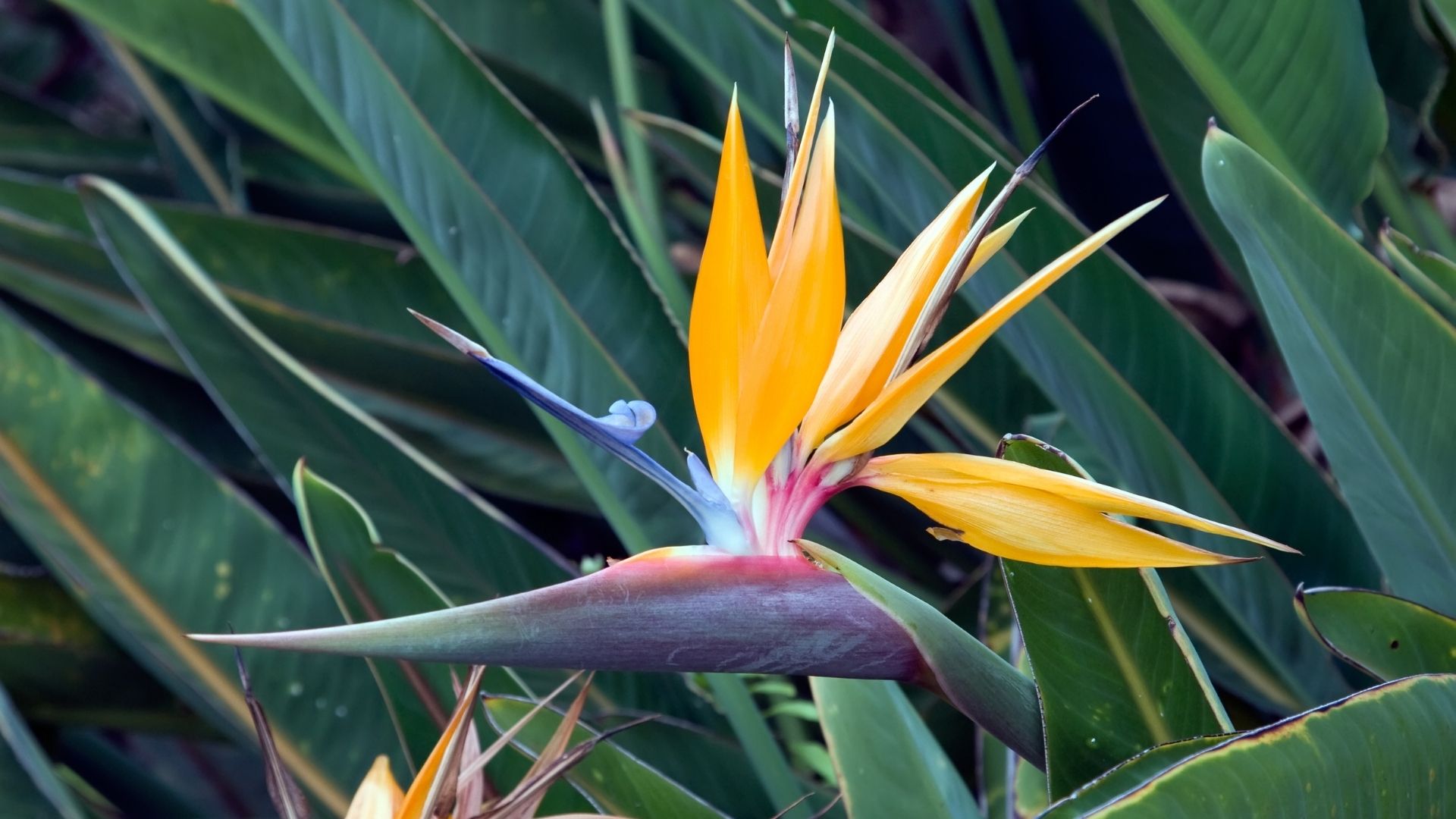

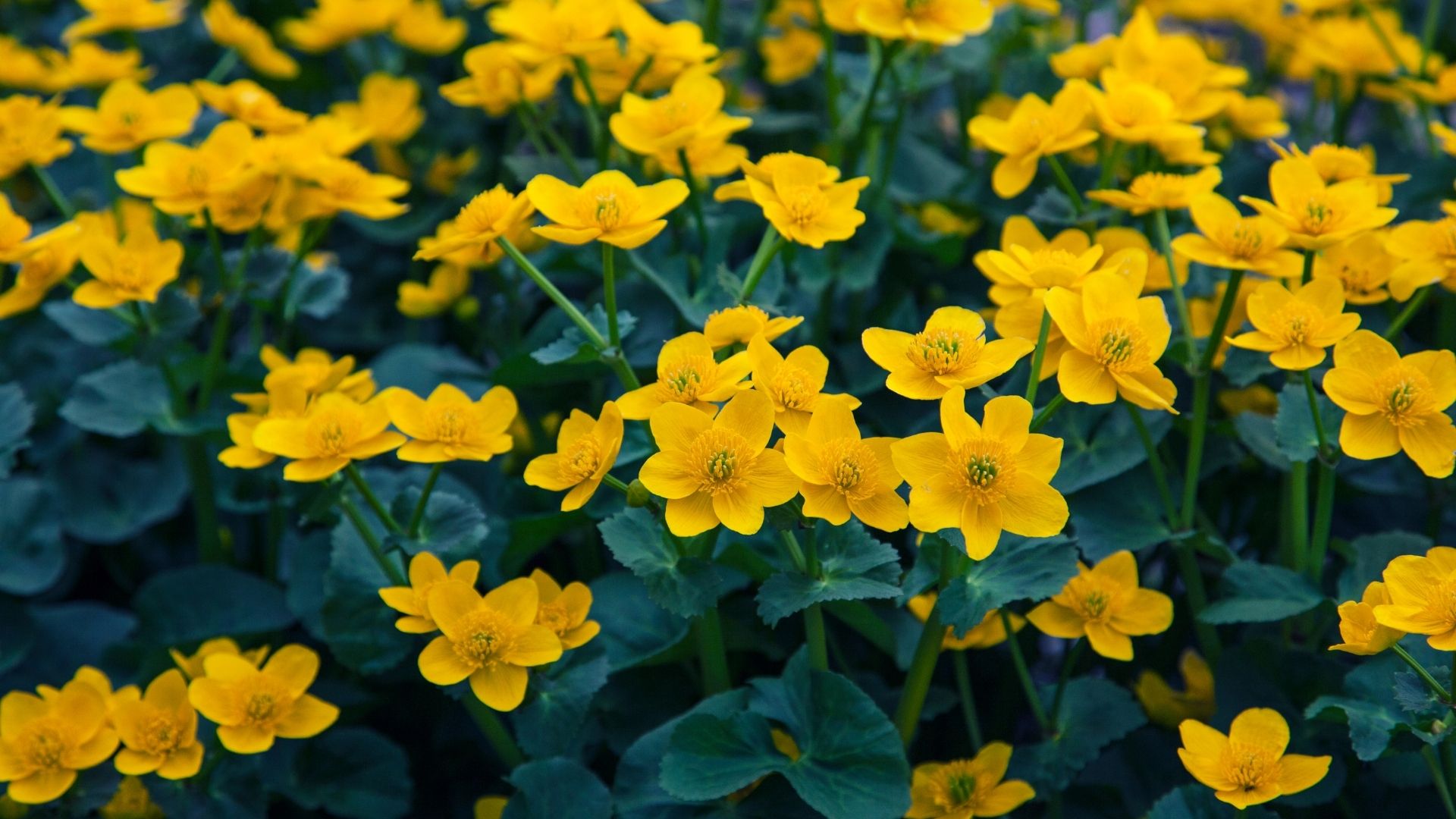
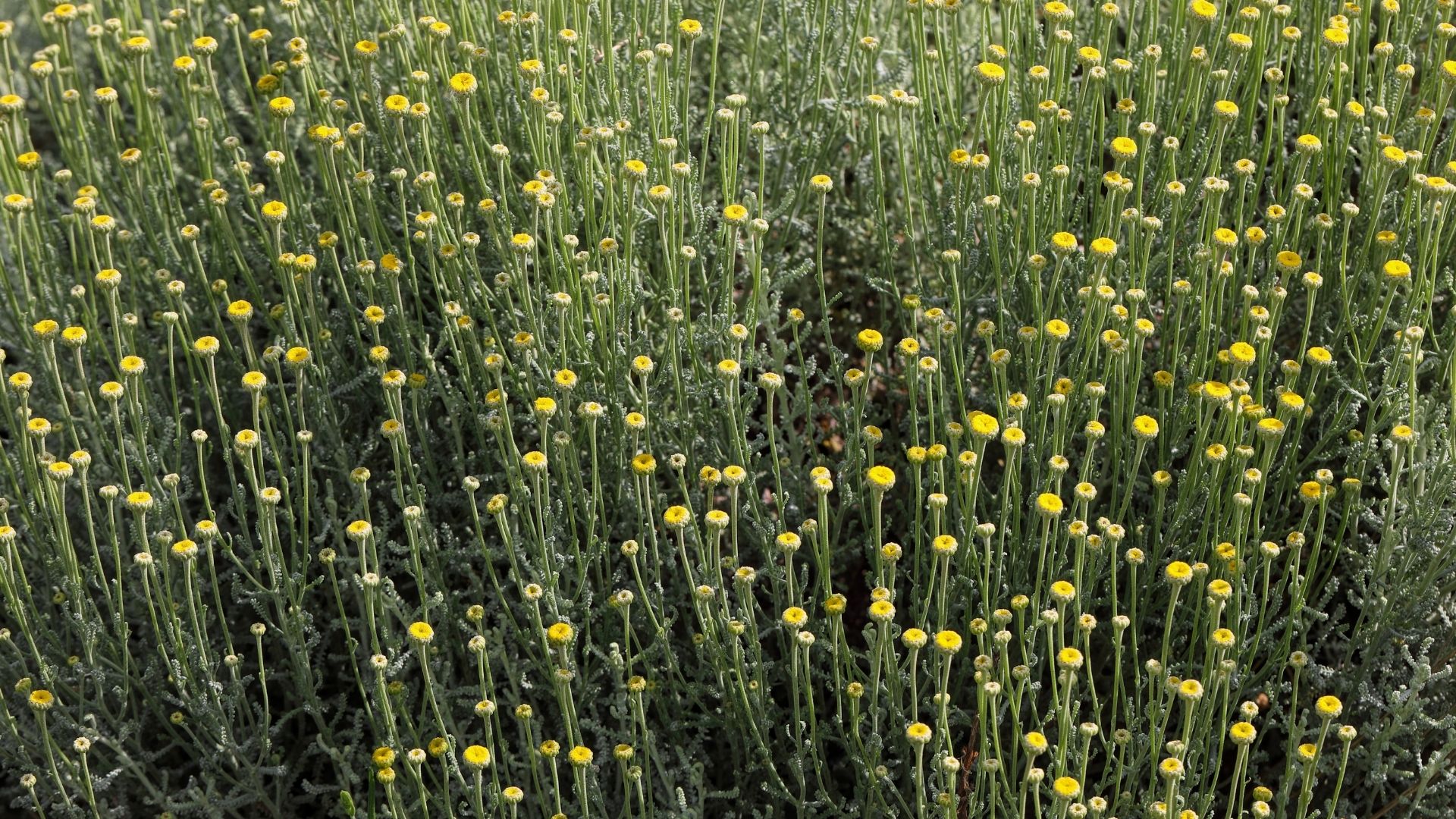

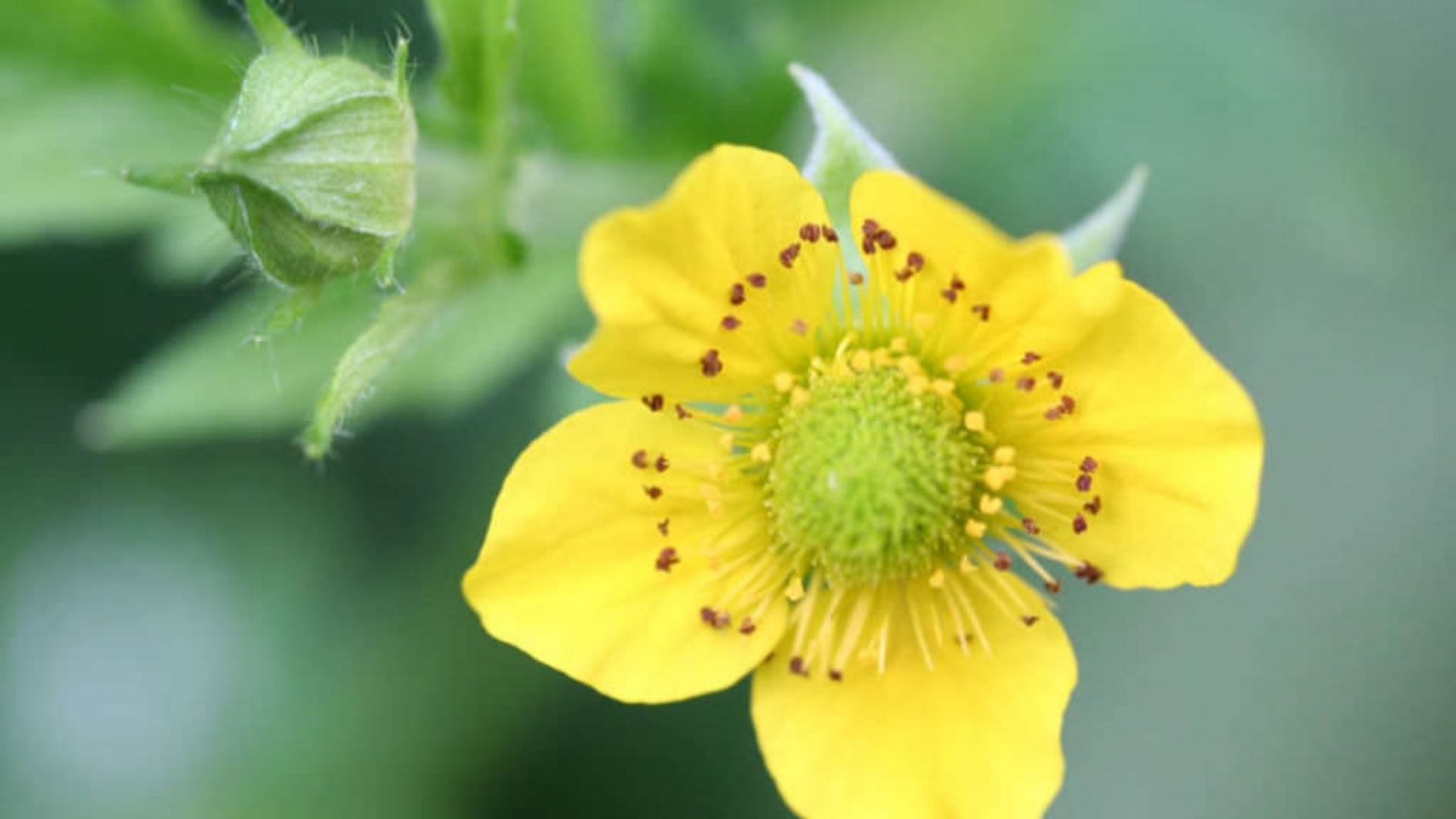
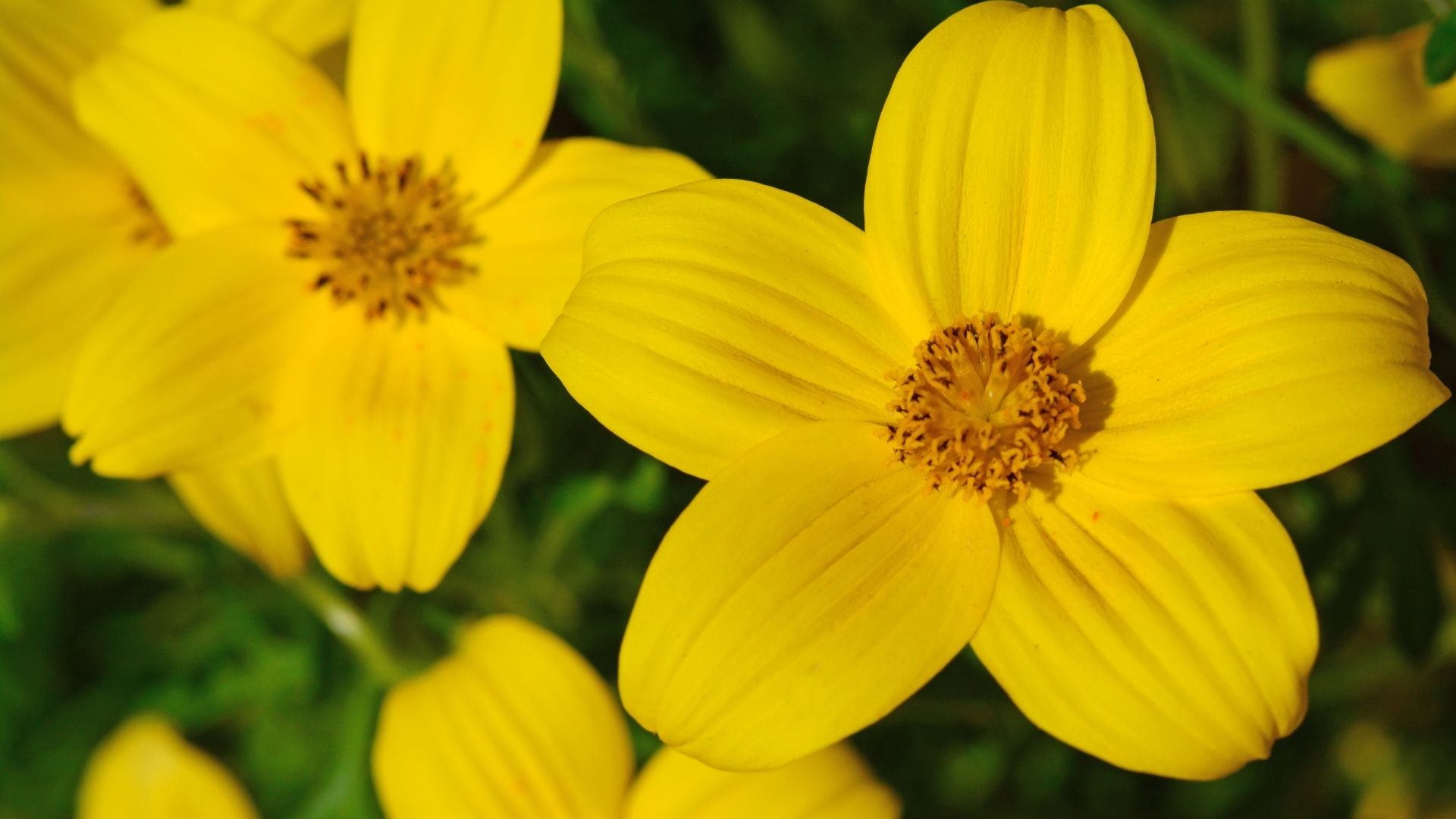
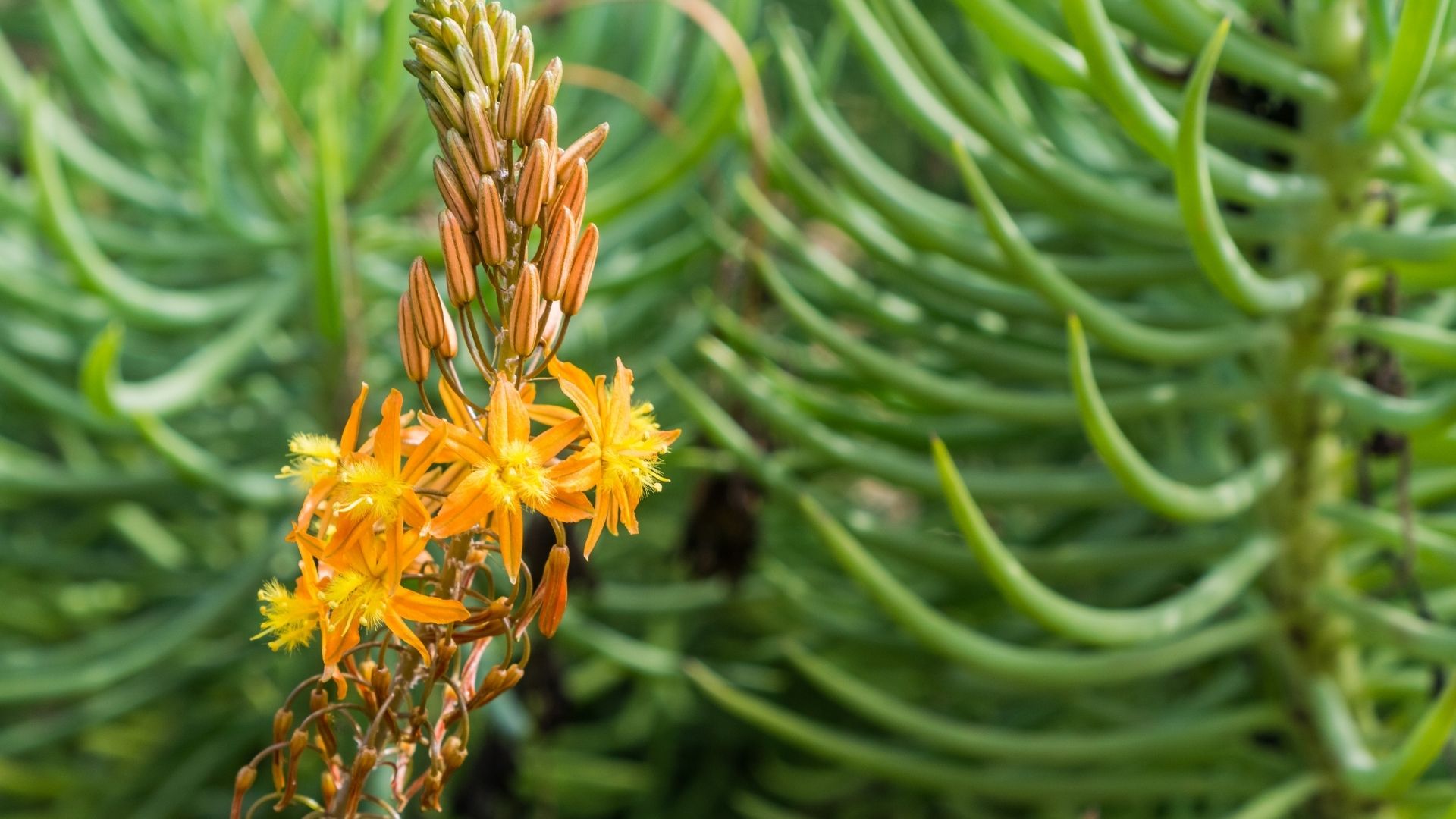
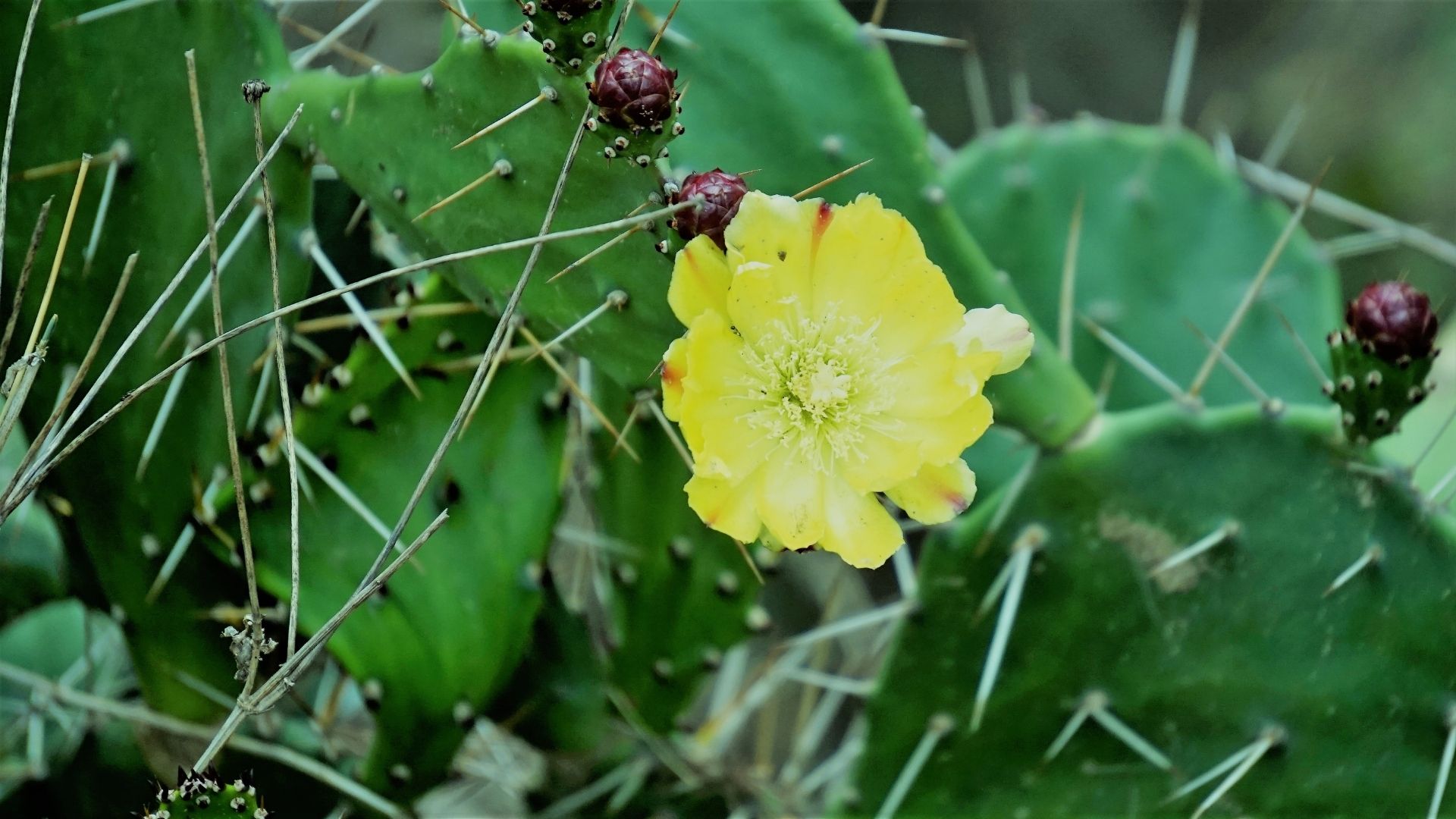
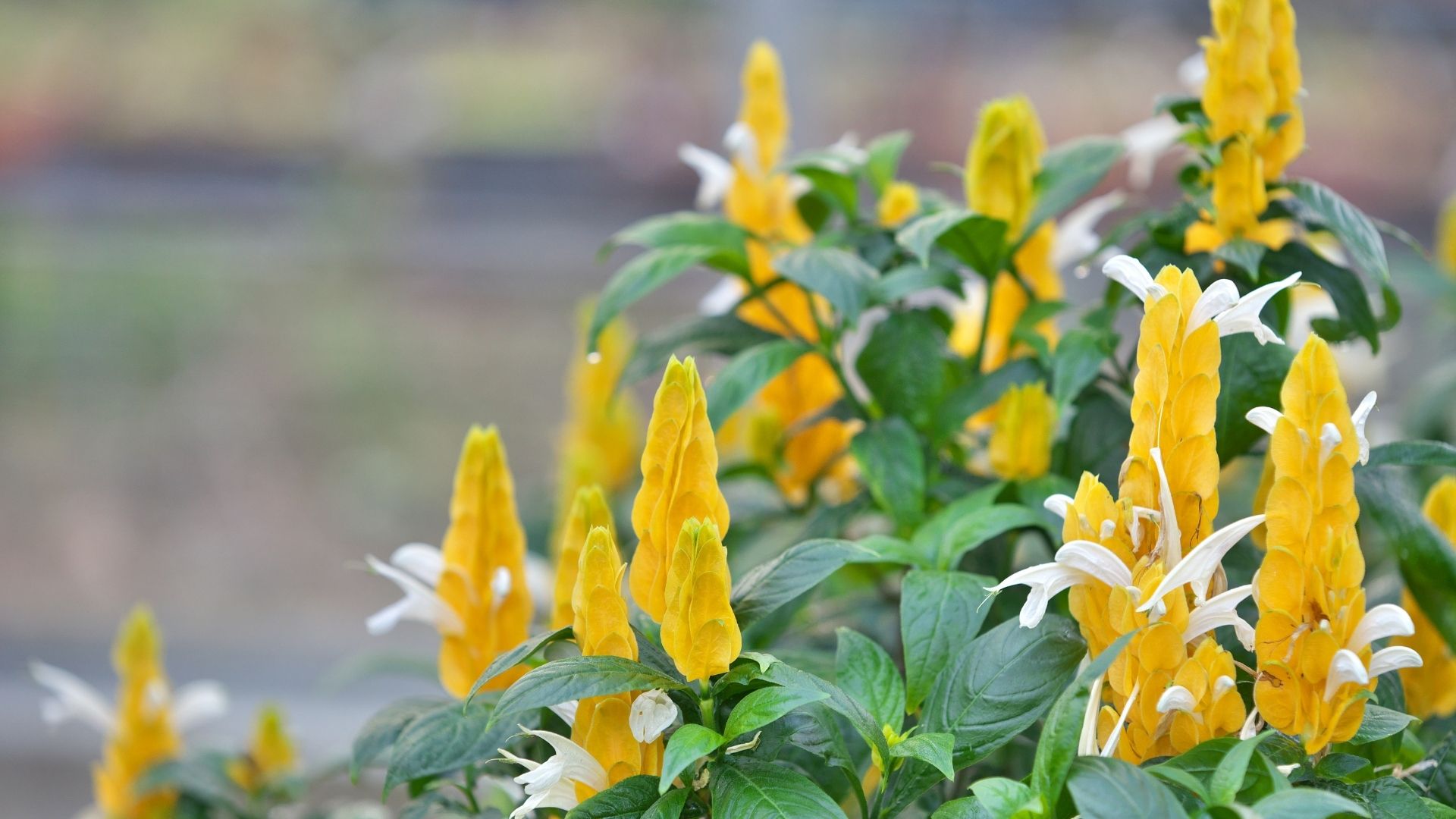
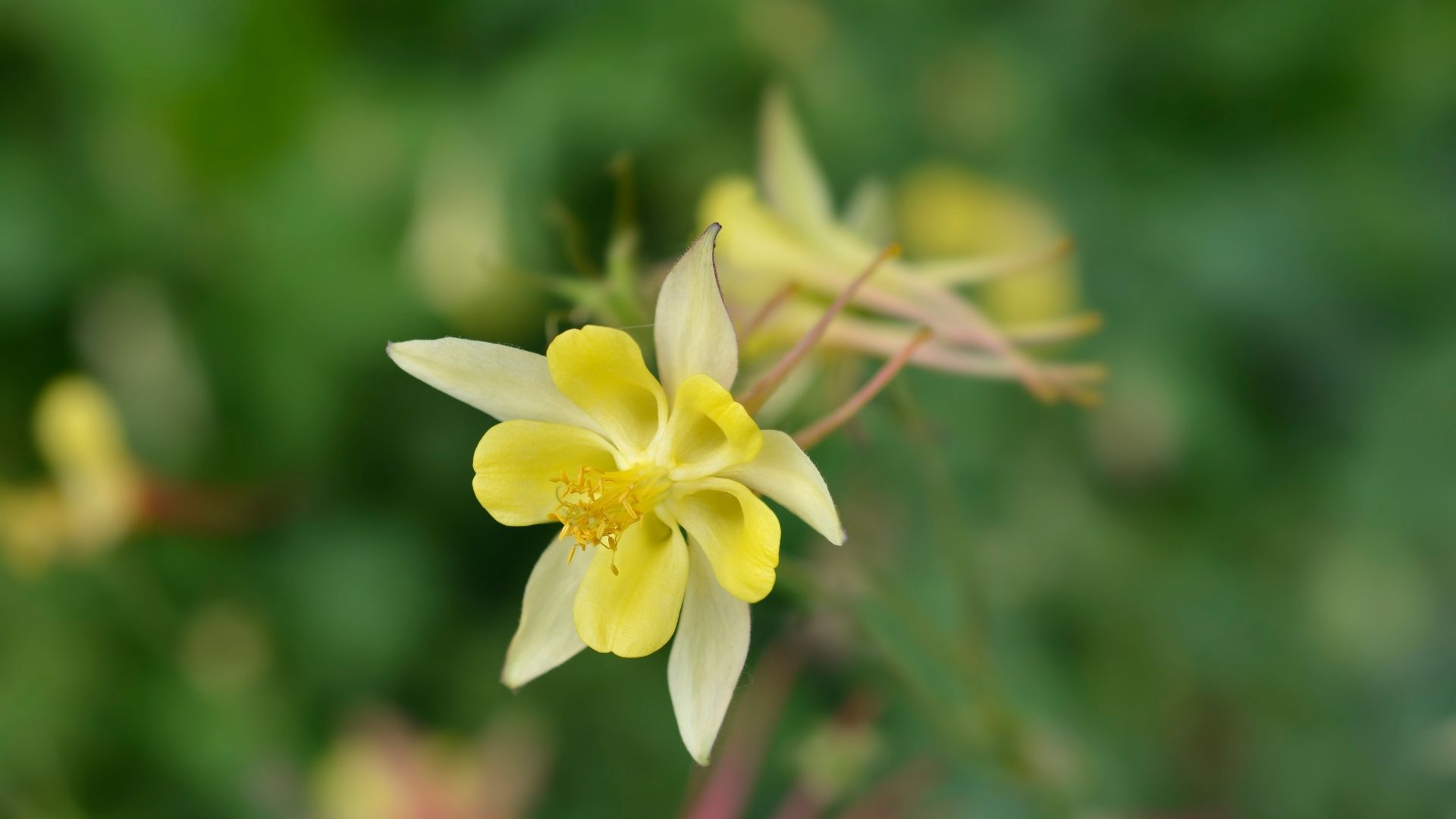
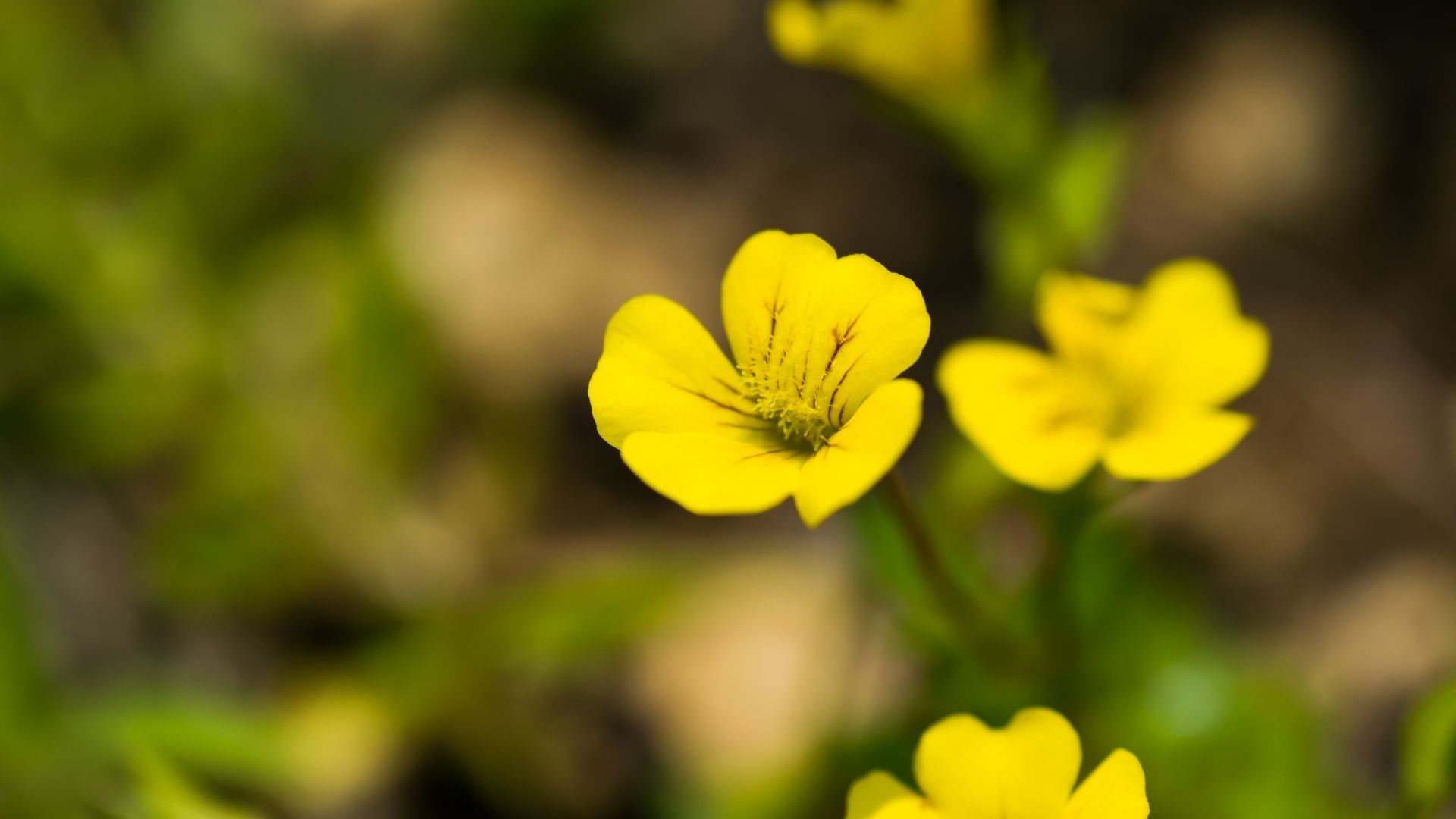

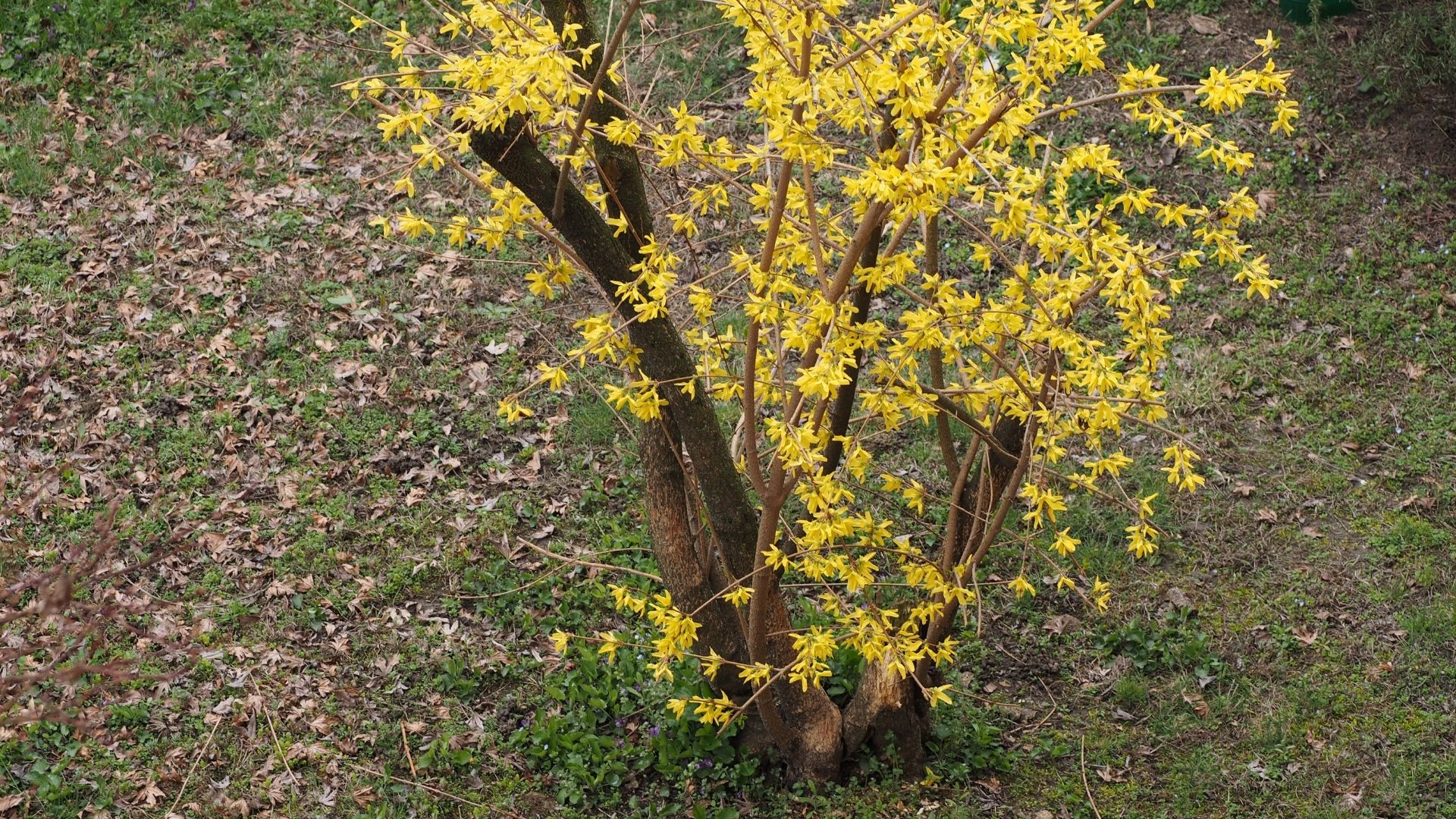
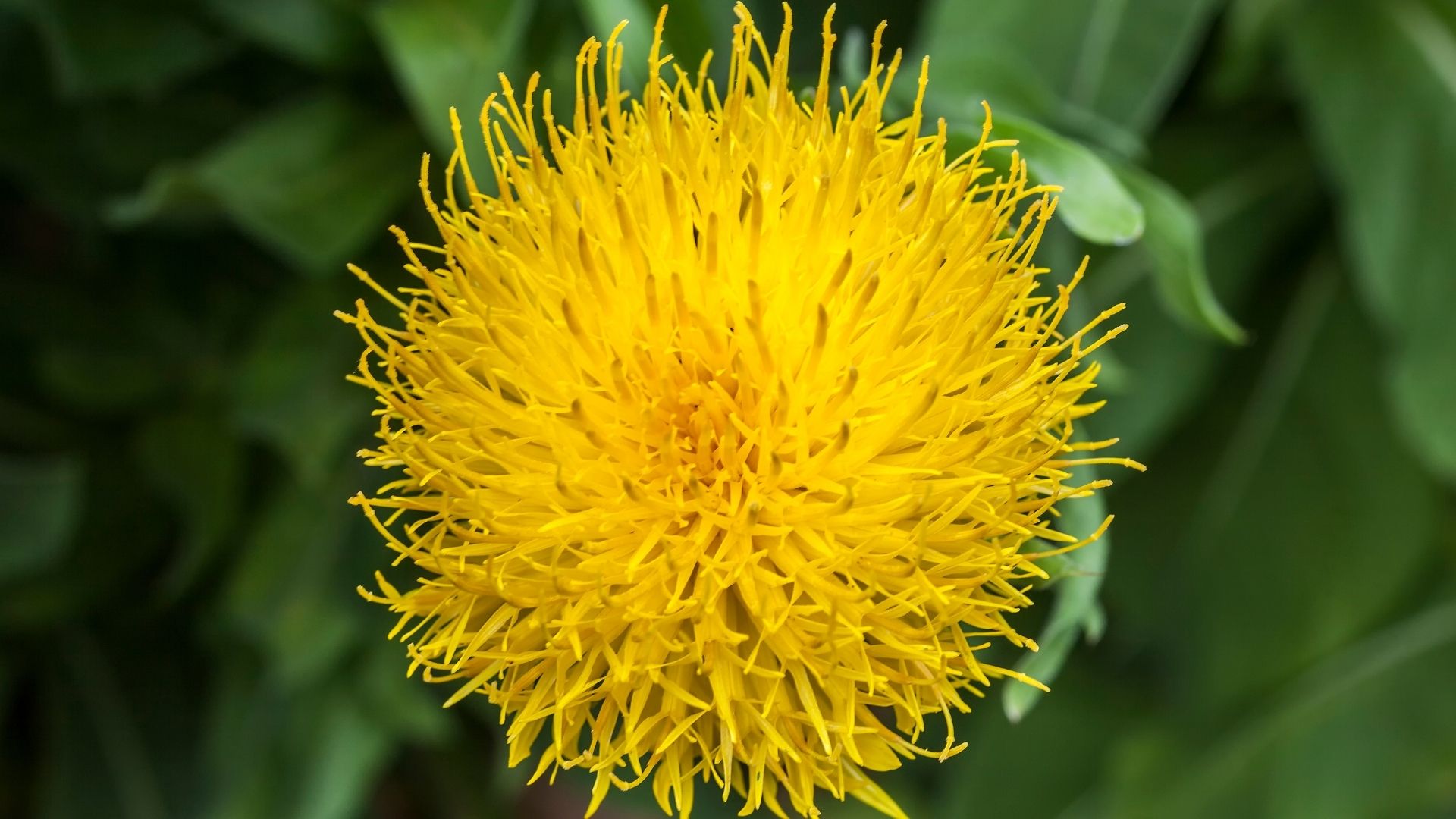
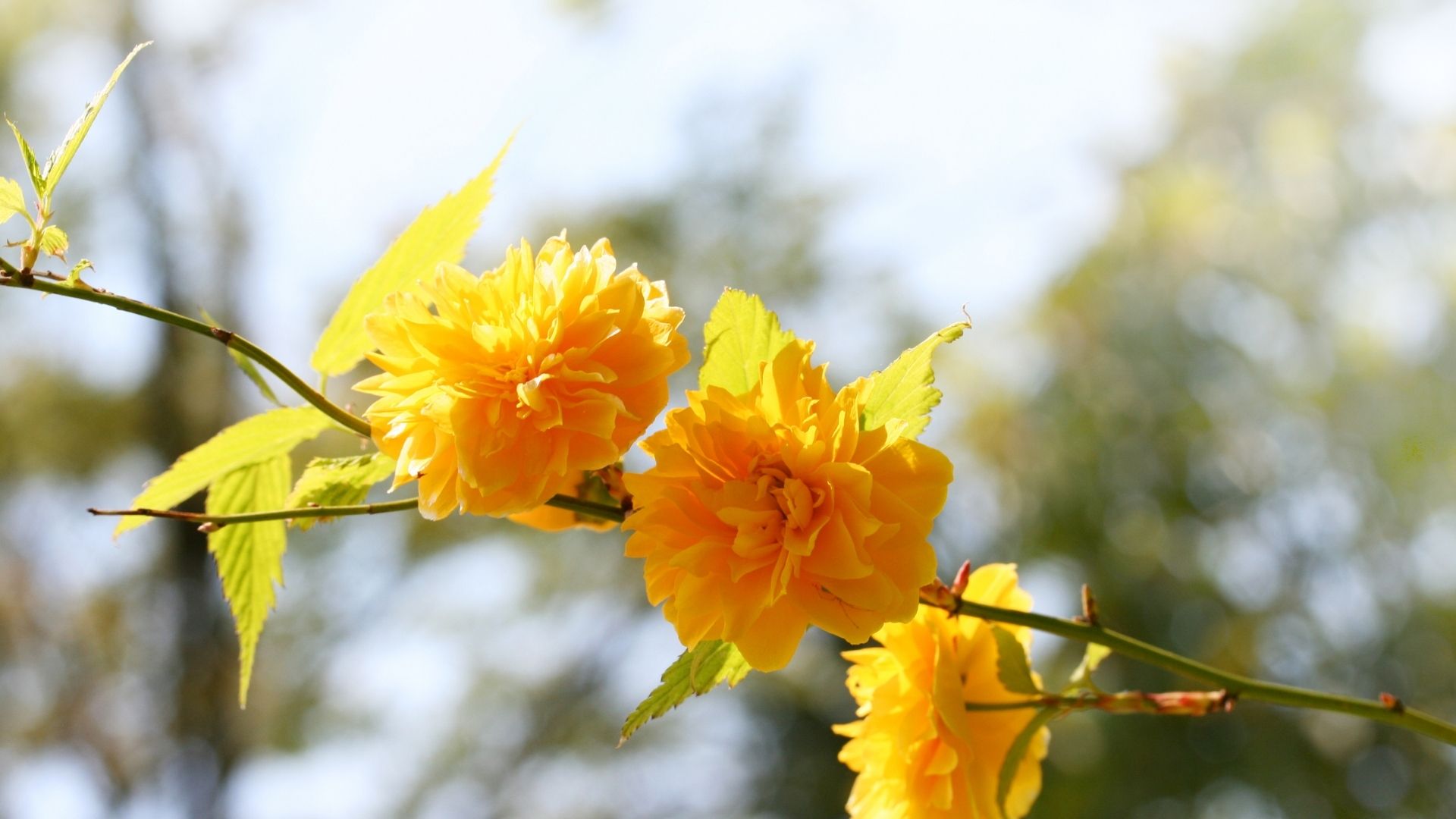
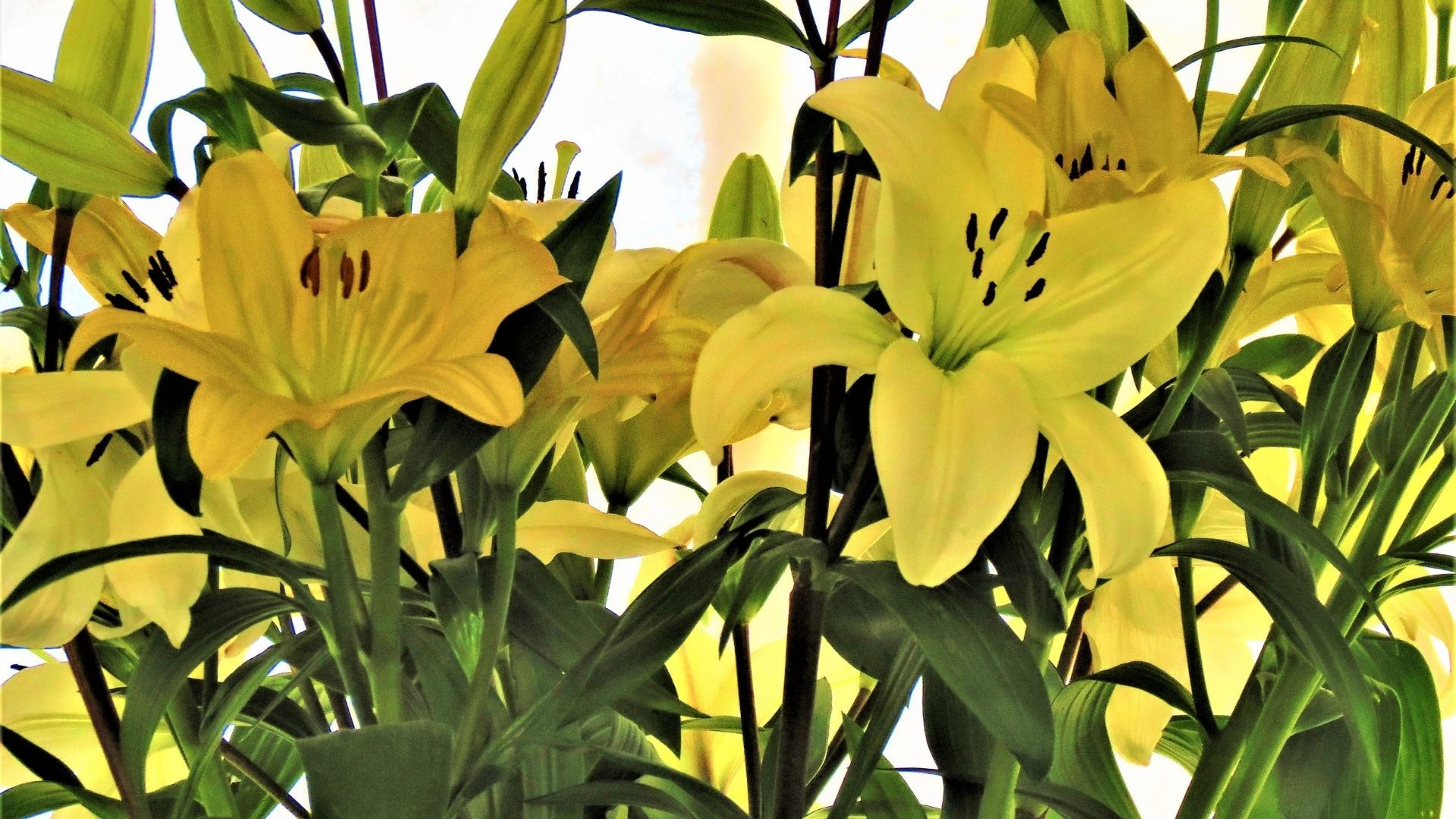
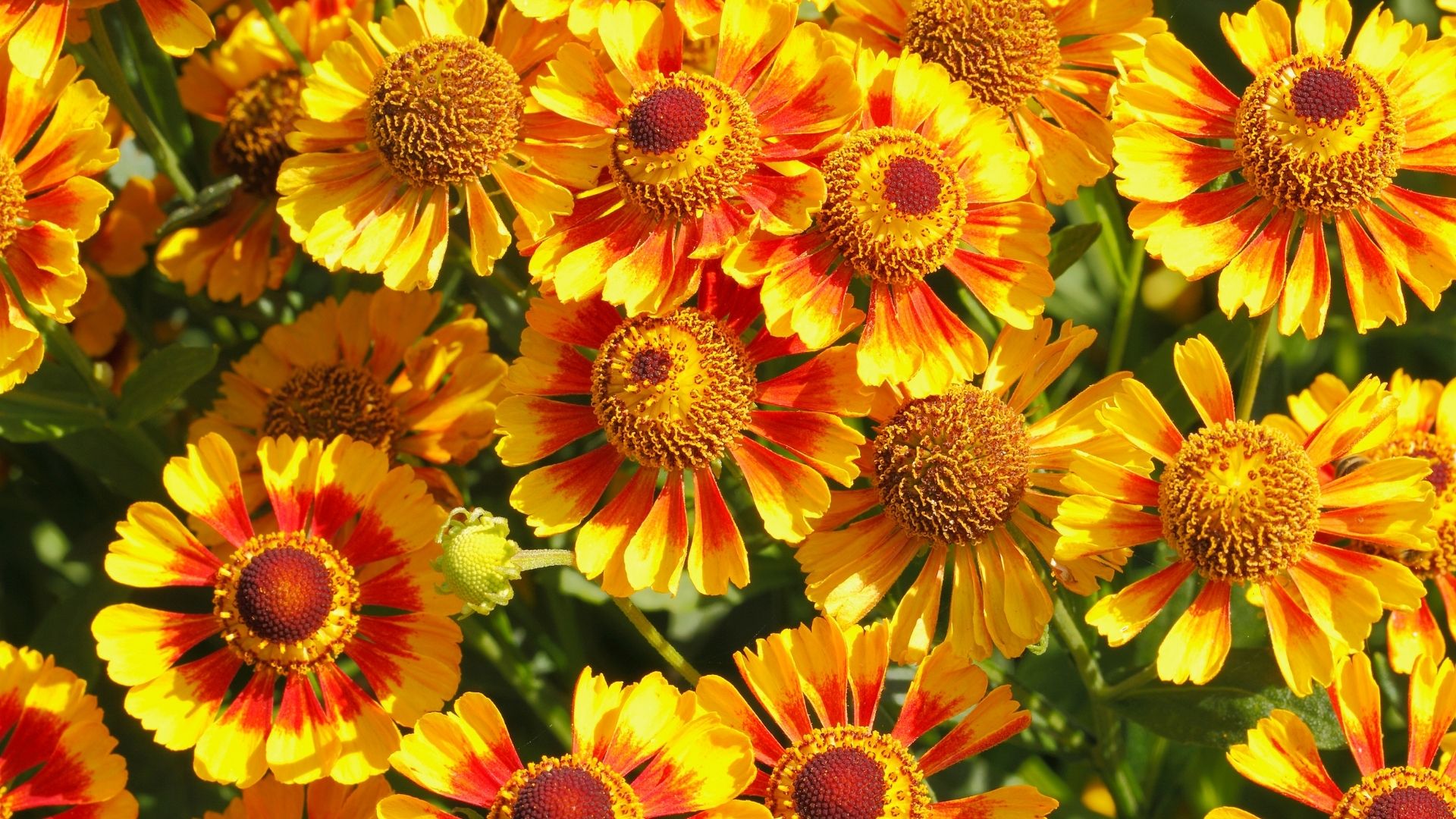
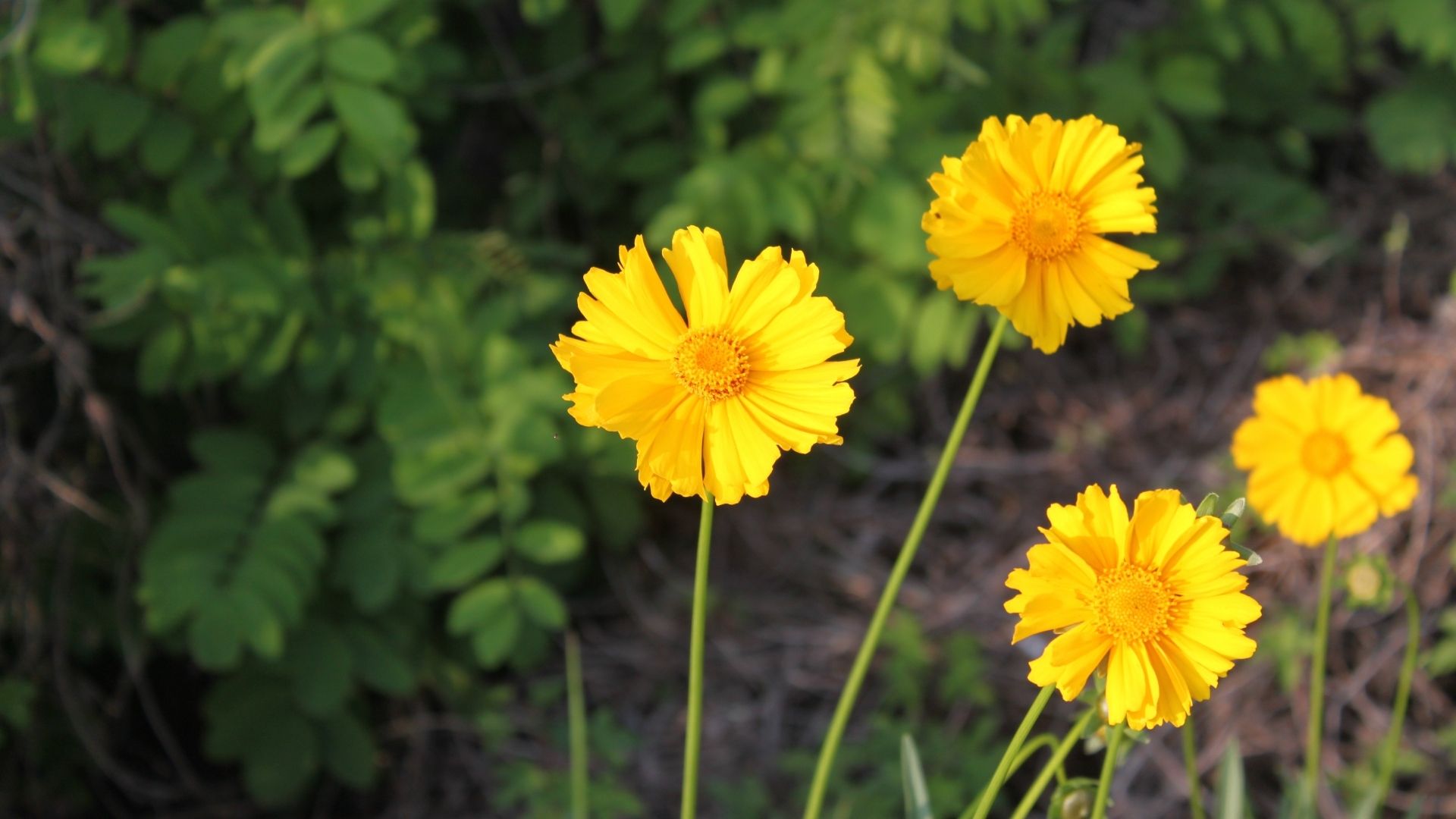
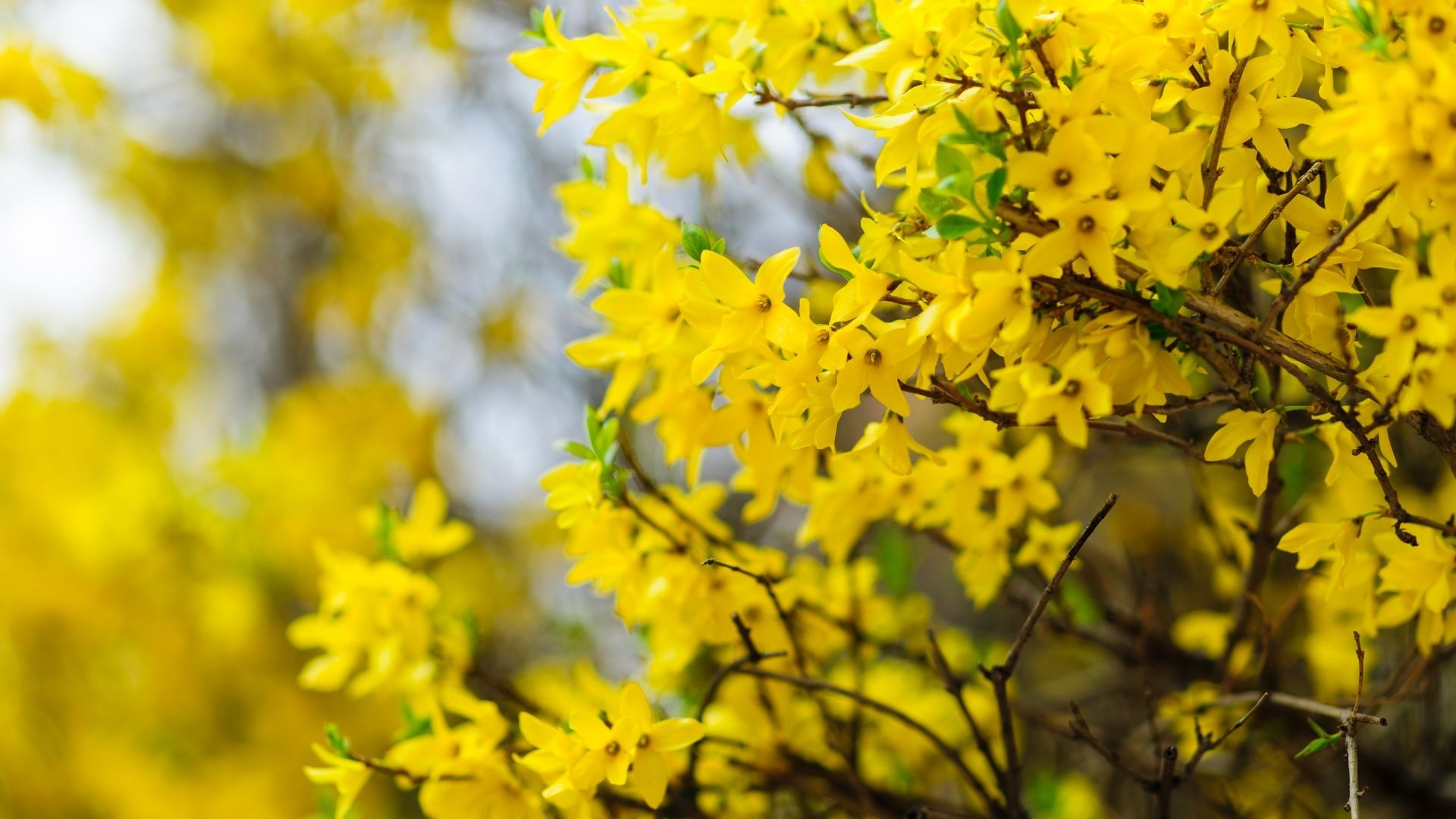
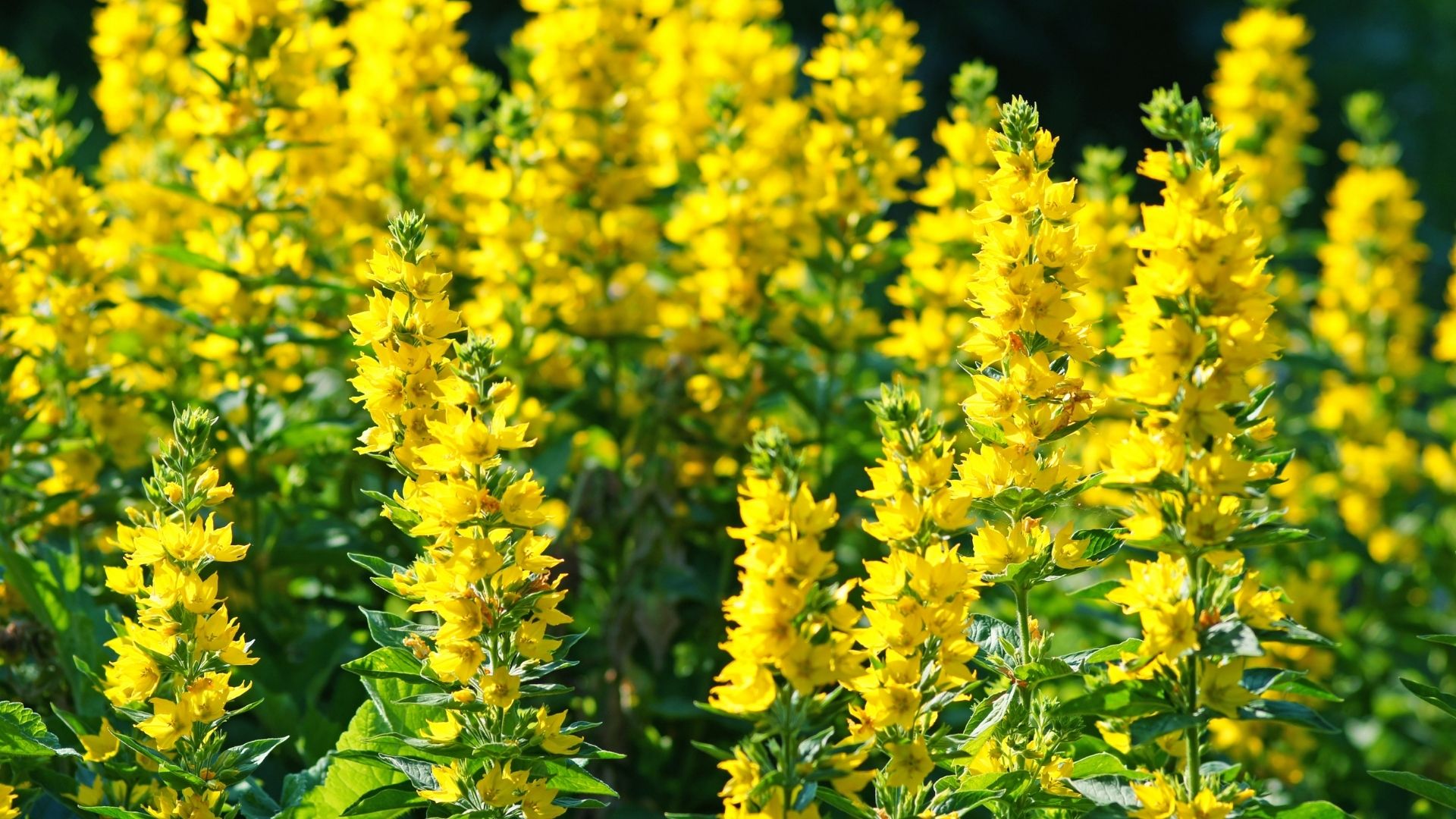
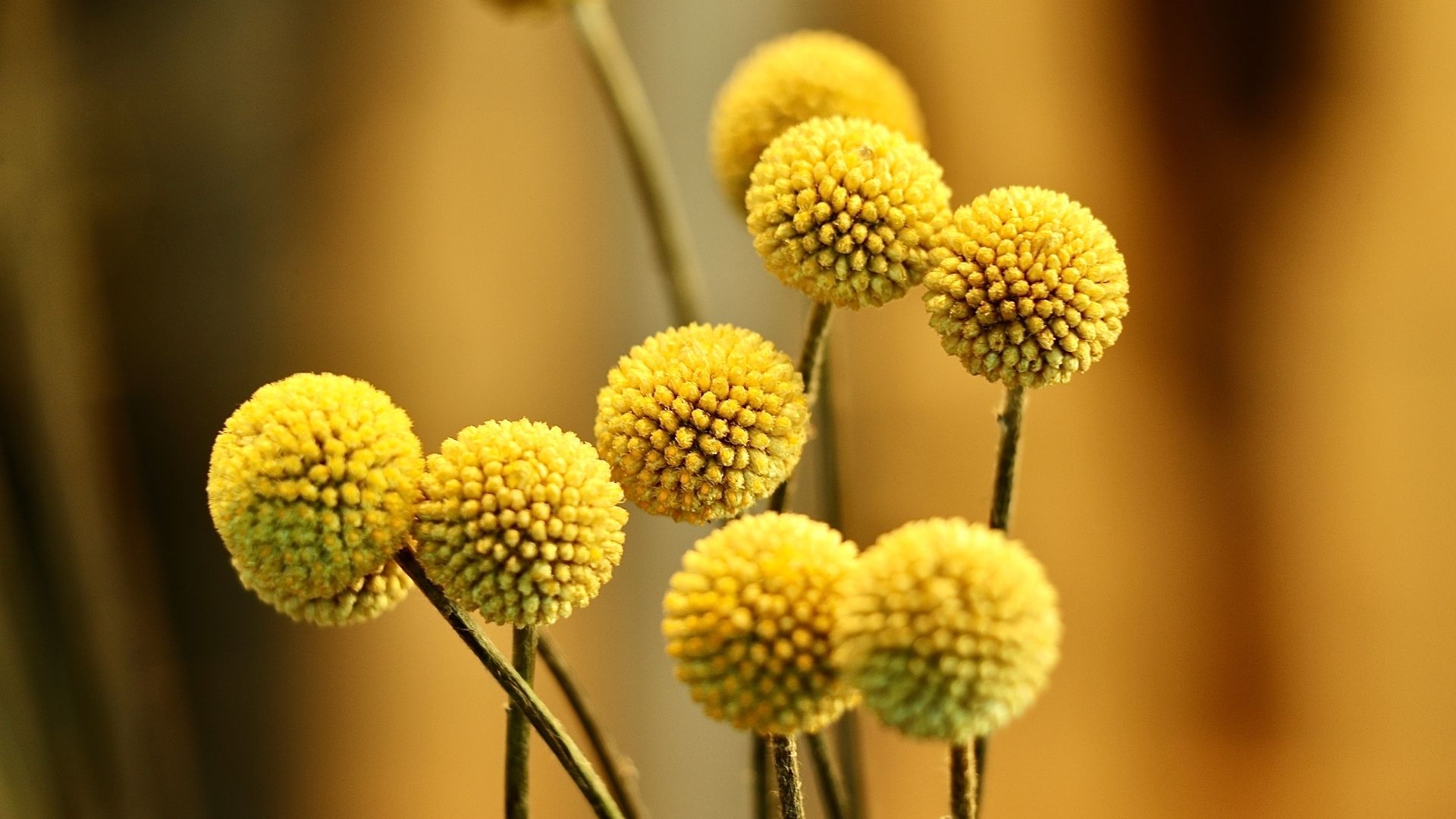
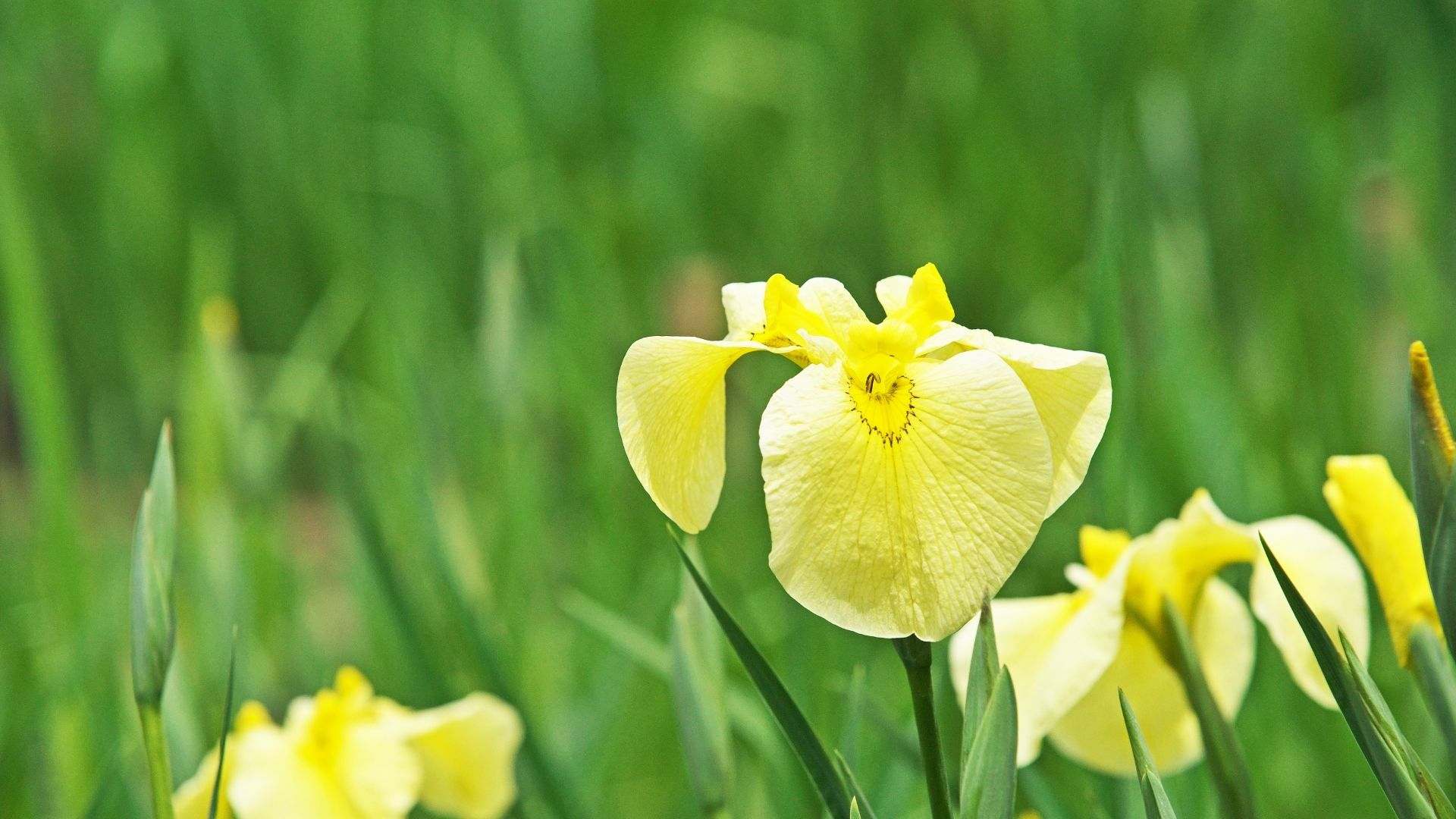
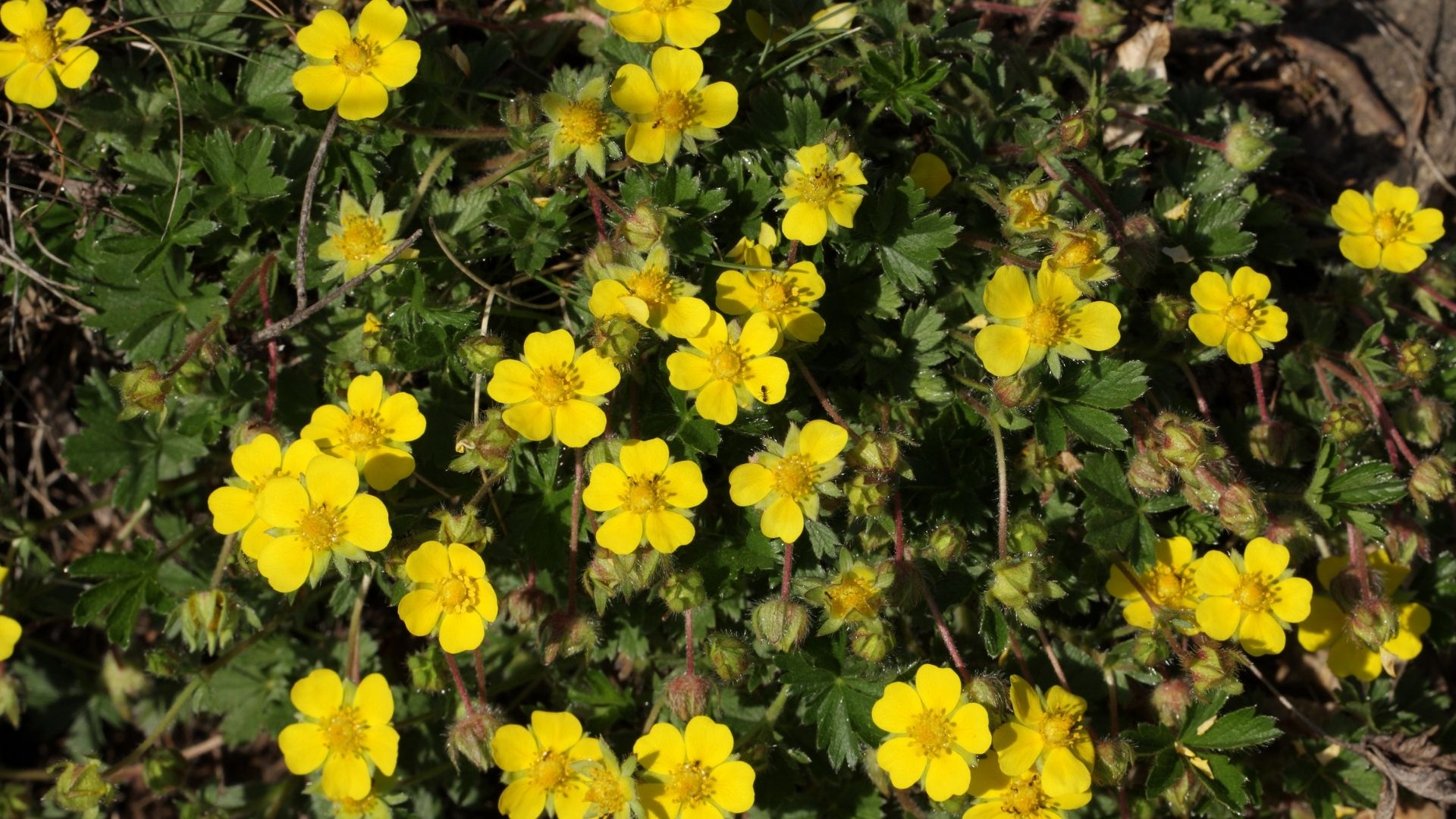
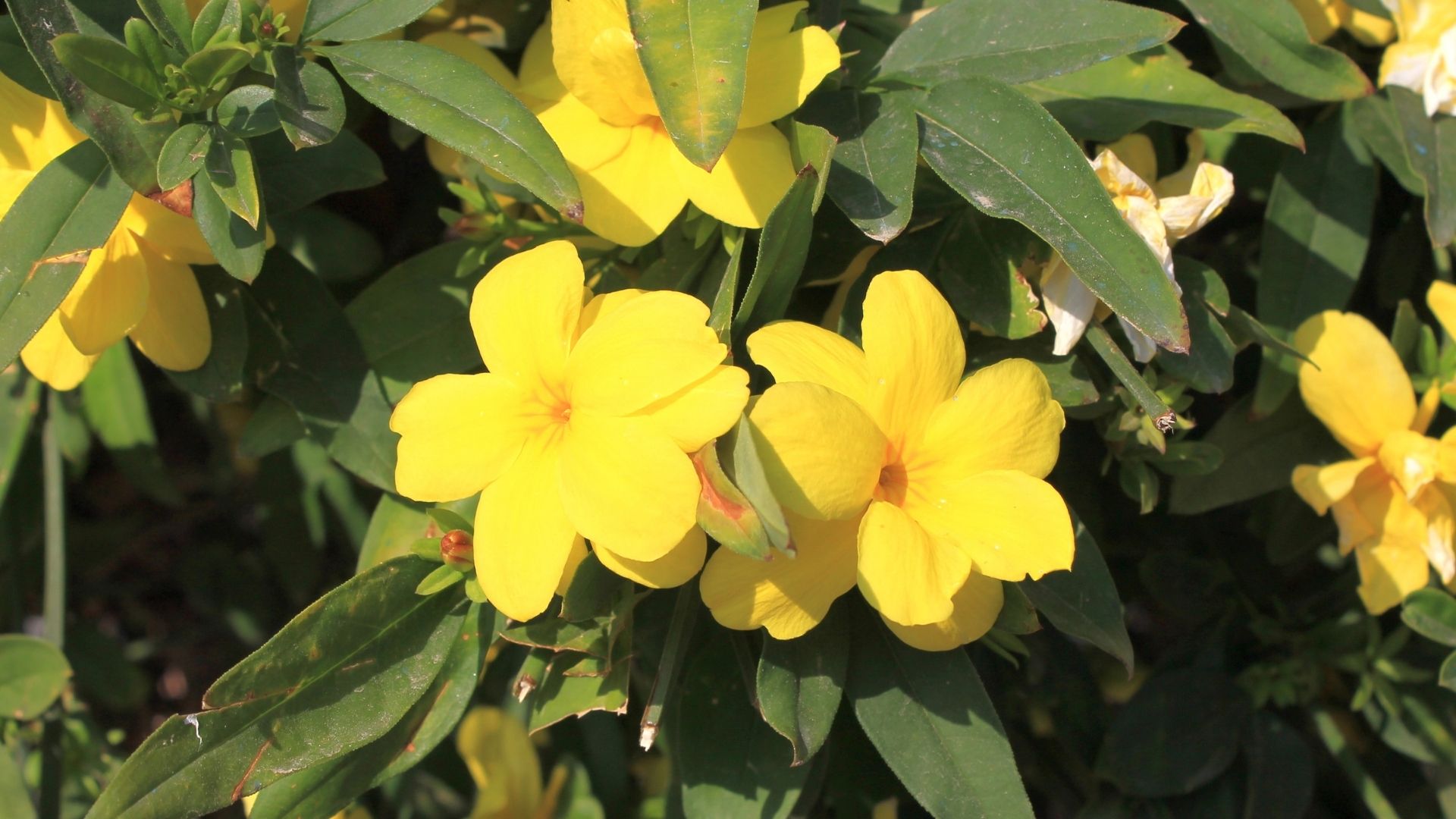

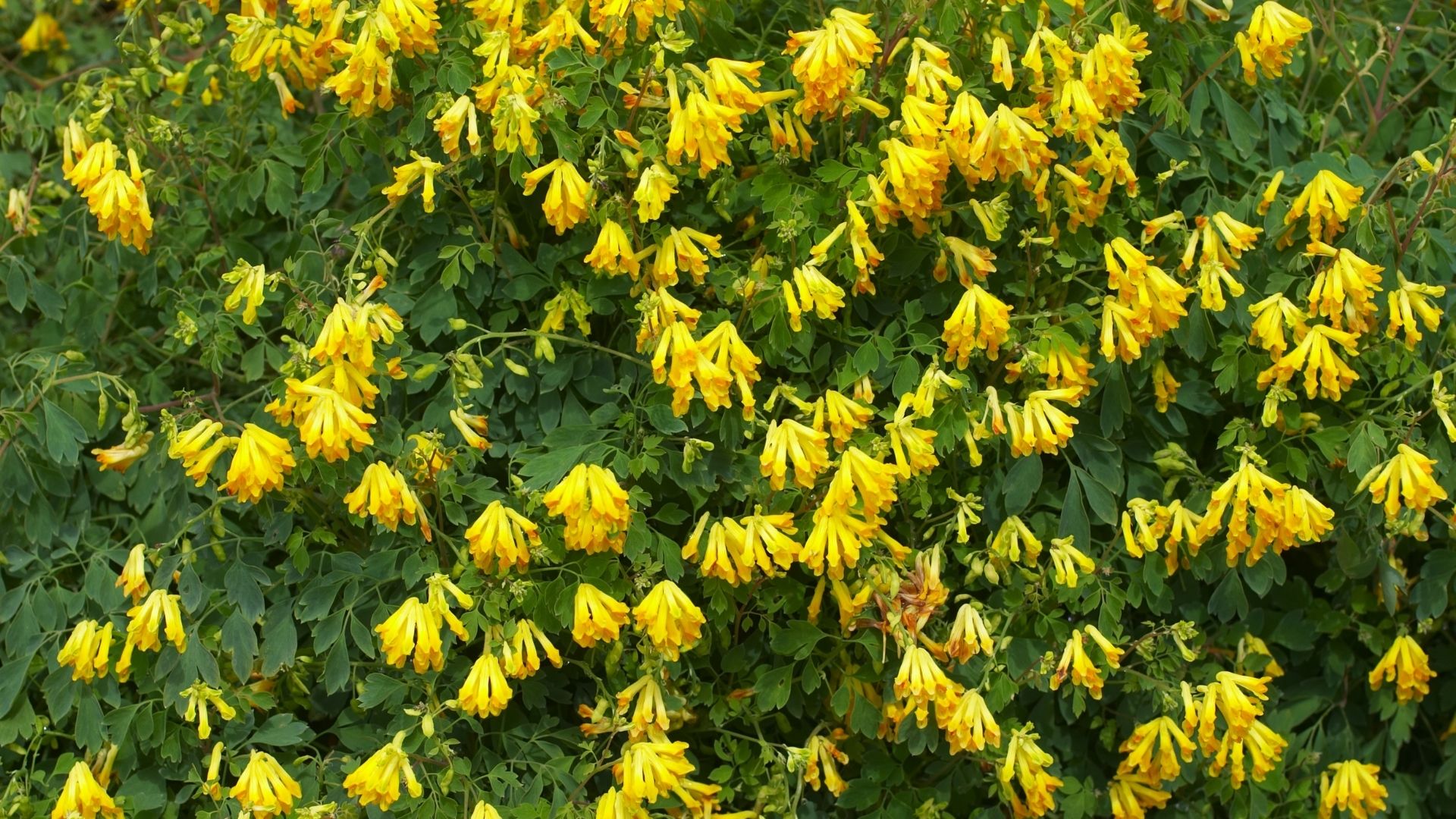
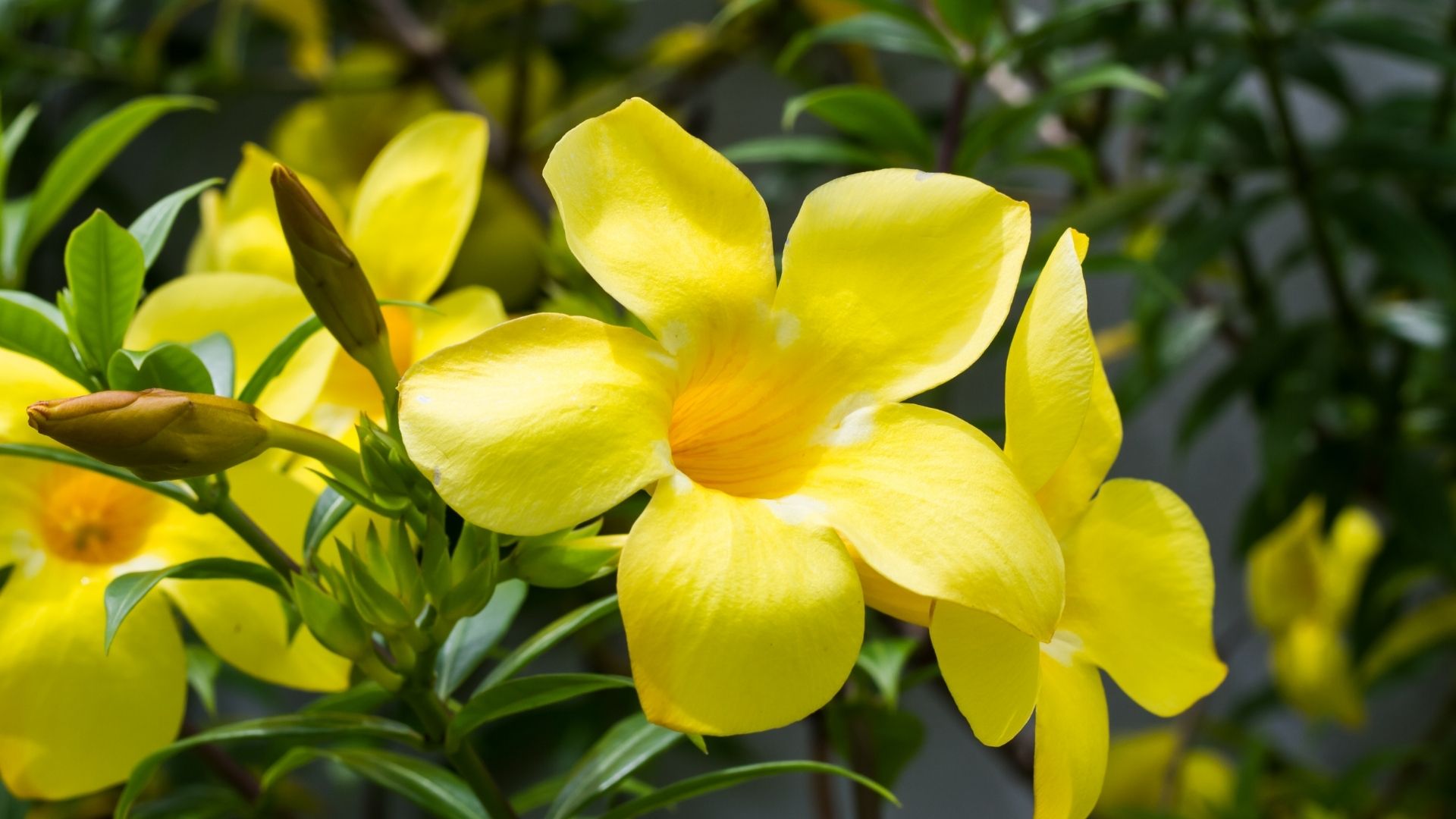
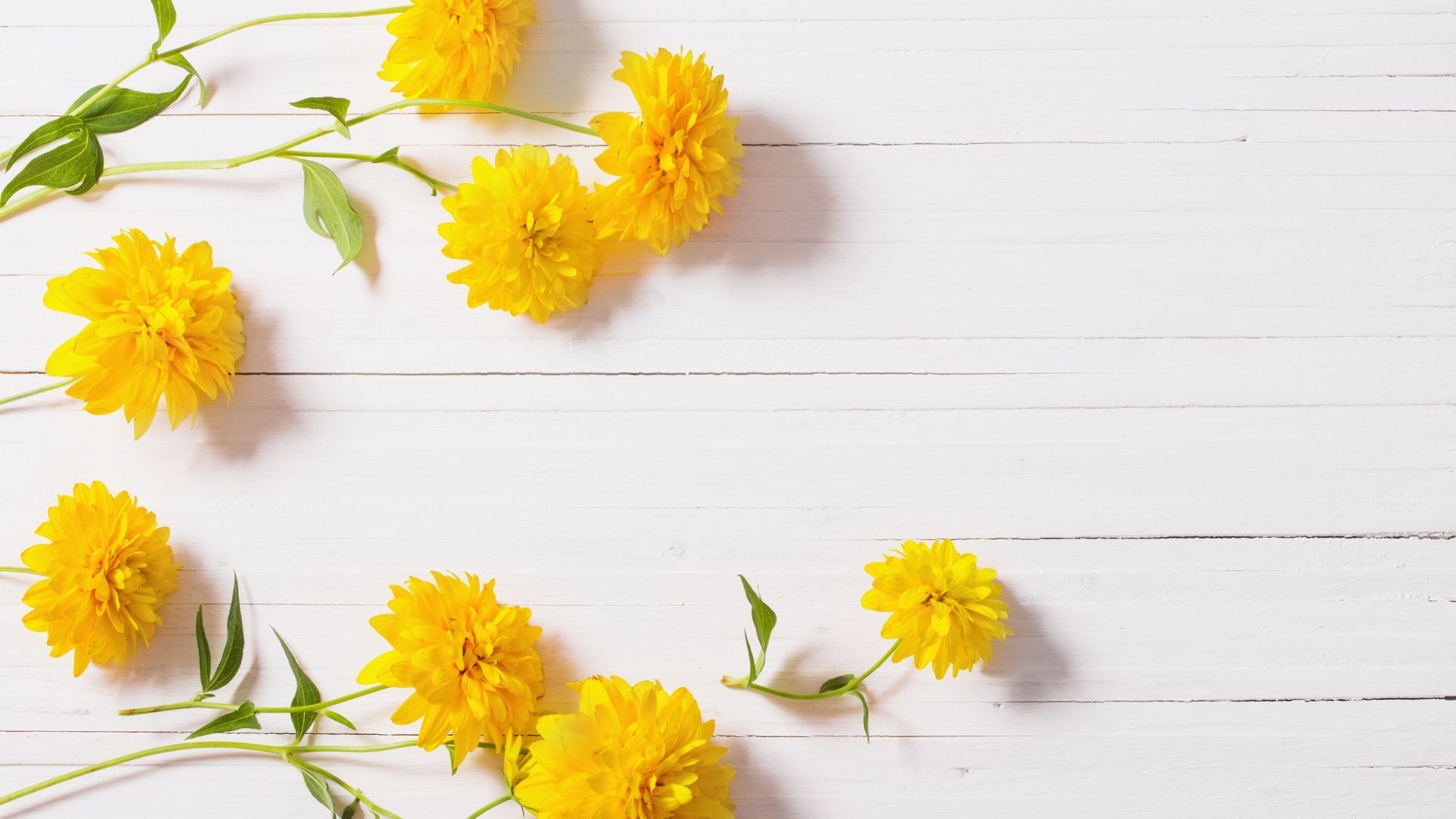
Tickseed (Coreopsis)
Tickseed (Coreopsis) or ‘Early Sunrise’ flowers may be annual or perennial and come in a variety of heights.
They have finely-divided foliage and ruffled, rich yellow flower-heads, often 3-5cm in width.
Tickseed thrives in most garden soils over a long period starting in the late spring all the way through to the late summer.

- Scientific Name: Coreopsis
- Type: Perennials
- Sun: Full Sun
- Water Needs: High- water regularly until established
- Hardiness Zones: 3 to 9
- Soil: < pH 6.8
Forsythia
A forsythia plant (Forsythia spp) is one of the first plants that arise in spring, flowering yellow bushy petals that can add frantic flair to any garden.
They are a great means of providing new color to a garden following a bleak winter.
They are capable of growing in most soils and can do so whether they receive full sun or partial shade.
They are known for being particularly hardy and resilient.

Yellow Loosestrife (Lysimachia Punctata)
Lysimachia Punctata (Yellow Loosestrife) is a perennial yellow flowering shrub that produces sturdy, upright stems loaded with spikes of cup-shaped, golden yellow flowers, tinged with red at their center.

Craspedia
Craspedia is a genus of flowering plants that are part of the daisy family. They are commonly known as billy buttons and woollyheads.
They produce flowers on long, rigid stems. Craspedia flowers have a long vase life and are perfect options for dried flowers.

Yellow Iris (Iris pseudacorus)
Iris pseudacorus, also known as Yellow Iris, is a herbaceous perennial plant with colorful yellow flowers that are known to droop. These typically grow to 4 inches in diameter.
They are often found near ponds, in wet woodland areas, and marshes.

Cinquefoil (Potentilla)
Potentilla, also known as ‘shrubby cinquefoil’ or ‘bush cinquefoil’, is a popular landscape shrub.
It can be a herbaceous perennial, deciduous shrub, or annual plant.
It produces large clusters of saucer-shaped, 5-petalled flowers and will typically do so over a long blooming season.
The blossoms can be a shade of pink, red, yellow, or white.

Yellow Jessamine (Gelsemium sempervirens)
Yellow Jessamine is a tough evergreen shrub native to the Mediterranean. It is drought tolerant once it has been planted.
It typically blooms vibrant yellow flowers in the summer and early fall.
The blooms are followed by black fruits that will stay on the plant through the winter.
These plants often exceed 2 meters in height.

Yellow Elder (Tecoma stans)
Tecoma stans (Yellow Elder) is a species of flowering perennial shrub that is known for growing quickly.
Long draping branches and beautifully bright clusters of yellow trumpet-shaped flowers are features of this plant.

Yellow corydalis
Corydalis lutea (Fumewort) is a perennial that boasts an impressive collection of green, divided leaves.
From the late spring to the early fall, the flowers will blossom in bright yellow, around 3/4 inches in length.

Allamanda cathartica (Golden Trumpet)
Allamanda cathartica (Golden Trumpet) is a robust shrubby climber that remains green throughout the year.
The flowers are golden yellow and trumpet-shaped, typically 5 inches in size.

Blanket Flowers (Gaillardia)
Blanket Flowers (Gaillardia) are short-lived perennials that are known for their colorful displays of vibrant daisy-like flowers.
They commonly grow during the late spring.

Yellow Daylily (Hemerocallis lilioasphodelus)
Hemerocallis lilioasphodelus is commonly called lemon daylily or lemon lily and features 4″ diameter, trumpet-shaped, lemon-yellow flowers.
They are sweetly scented and combine wonderfully and naturally with pink geraniums.

Heartbreak Grass (Gelsemium)
Gelsemium is a genus in the Gelsemiaceae family.
It consists of three species, two of which are North American (G. rankinii and G. sempervirens). Gelsemium elegans is native to China and Southeast Asia.
All species contain a variety of poisonous chemicals, across the entire plant although have a higher concentrations in the roots and leaves.
Japanese Kerria (Kerria japonica)
Kerria Japanese rose, sometimes known as the Japanese rose plant, is a hardy shrub.
It is very resistant to pests and thrives in USDA hardiness zones 4 through 9.
The plant itself arches, with green-yellow seems and huge golden-yellow flowers that bloom in the spring.

Centaurea macrocephala
Centaurea macrocephala is a variety of flowering plants within the aster family.
It is also known as Armenian Basket Flower, and is a large-growing perennial.

Forsythia × intermedia
Forsythia × intermedia, or border forsythia, is an ornamental deciduous shrub that grows upright and will naturally arch toward the ground.

Euryops
Euryops pectinatus, also known as Yellow-Leaved Euryops and Golden Daisy, is a half-hardy, fast-growing shrub with bright yellow daisylike blooms on long stalks and grey-green foliage.
It blooms from the early summer through mid-autumn.
This large perennial bush grows best in warmer environments – no surprise considering it is native to South Africa.

Mecardonia
Mecardonia (Mecardonia hybrid) has low to the ground foliage and colorful yellow flowers.
They are ideal flowers for hanging baskets or to plan in a container or patio pot.

Golden Columbine
Columbines (Aquilegia species) are unique plants that naturally grow in woodlands and mountains throughout North America. They are around 1-3 feet in height, on average.
Somewhat fragrant, the ‘Yellow Queen’ is a robust, perennial with several golden petalled flowers that grow to a size of around 3 inches across.
The flowers nod in bud but will turn upright when the flowers begin to open.

Pachystachys lutea
Pachystachys lutea, also referred to as lollipop plant or golden shrimp plant, is a subtropical, evergreen shrub.
It is most commonly planted as a landscape ornamental, and grows best in tropical climates.

Eastern Prickly Pear (Opuntia humifusa)
The eastern prickly pear cactus (Opuntia humifusa) is a US native – particularly to the lower 48 states.
It is elegant in appearance, and also edible, often eaten by various wildlife.
It’s an easily identifiable cactus to spot; it has flat, fleshy pads (called cladodes) and as a cacti has naturally piky spines. The prickly pear produces showy yellow flowers.

Bulbine frutescens
Bulbine frutescens is typically used when landscaping a drought-resistant location where groundcover is necessary.
6-petaled star-like flowers will blossom with yellow stamens on long stalks in the spring and during the summer.

Bidens ferulifolia
Bidens ferulifolia is a Mexican plant, that is grown as a perennial, will grow large.
Otherwise, it is usually bought for hanging baskets, and will later be thrown away after flowering.

Geum aleppicum
Geum aleppicum, typically referred to as yellow avens, is a perennial herb native to California.
These perennials develop with lobed basal leaves and saucer-shaped blooms in loose clusters.

Julia Child Rose
Julia Child rose is wonderfully scented and features a cluster of double, cupped, yellow flowers.

Everlastings (Chrysocephalum)
Chrysocephalum also goes by the name everlastings, due to their long life as cut flowers. They have a small button shape and stand tall and straight.

Marsh Marigold
Marsh marigolds are a plant that reside in wet places, including marshes, ditches, woods, and swamps.
Still, they produce large, yellow flowers that resemble the cups of kings.
This is why they can also be called: ‘Kingcups.’

Begonia

- Scientific Name: Begonia obliqua
- Type: Perennial
- Sun: Full sunlight to partial shade, depending on the variety
- Water Needs: High – water regularly and keep the soil moist
- Hardiness Zones: 9 to 10
- Soil: pH 5.5 – 6.2
Birds of Paradise

- Scientific Name: Strelitzia
- Type: Perennial
- Sun: Full Sun
- Water Needs: Moderate
- Hardiness Zones: 9 to 11
- Soil: pH 6.0 – 6.5
References

